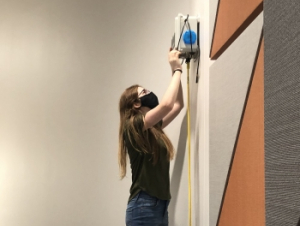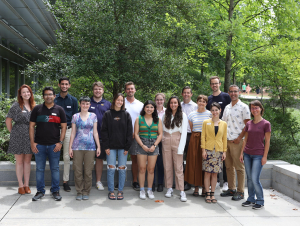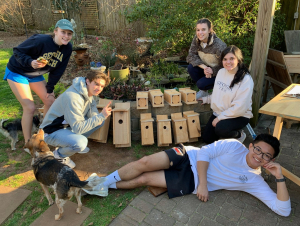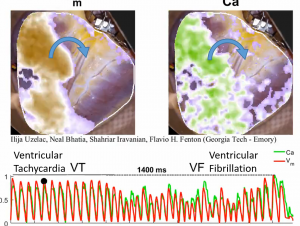To request a media interview, please reach out to experts using the faculty directories for each of our six schools, or contact Jess Hunt-Ralston, College of Sciences communications director. A list of faculty experts is also available to journalists upon request.
Latest News
Georgia Tech researchers have identified that in-situ measurements of either carbon dioxide (CO2) or particulate matter (PM) by low-cost sensors can be used to perform such calculations in classrooms.
Graduate students from each of the six College of Sciences schools have received 2022-2023 Herbert P. Haley Fellowships to expand their research — and connect with fellow scientists and mathematicians at conferences and events.
The Interdisciplinary Health and Environment Leadership Development (IHE-LeaD) Program announces its first cohort of graduate student fellows from the College of Sciences, the College of Engineering, and the Ivan Allen College of Liberal Arts.
Senior academic professional and wellness requirement co-director Teresa Snow talks about volunteering, a key aspect of her Serve-Learn-Sustain (SLS) affiliated APPH 1040 course, Scientific Foundations of Health, which is available to all undergraduates.
Three new appointees — Karla Haack, Kelly Sepcic Pfeil, Christa Sobon — talk about what they learned while at Georgia Tech, and how they hope to advise the College on support for students and their former disciplines.
Researchers at Georgia Tech and clinicians at the Emory University School of Medicine are bringing a new understanding to these complicated conditions with the first high-resolution visualizations of stable spiral waves in human ventricles.








